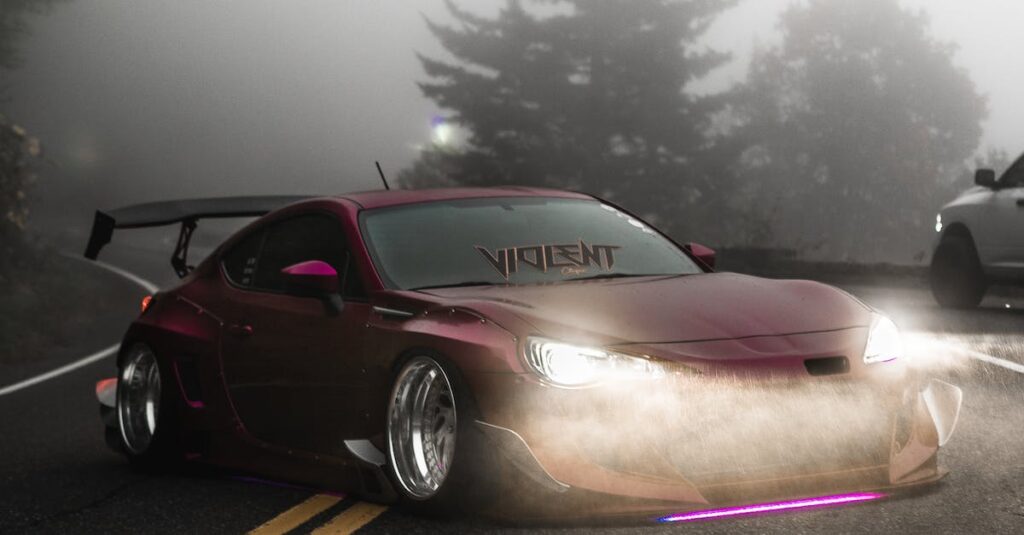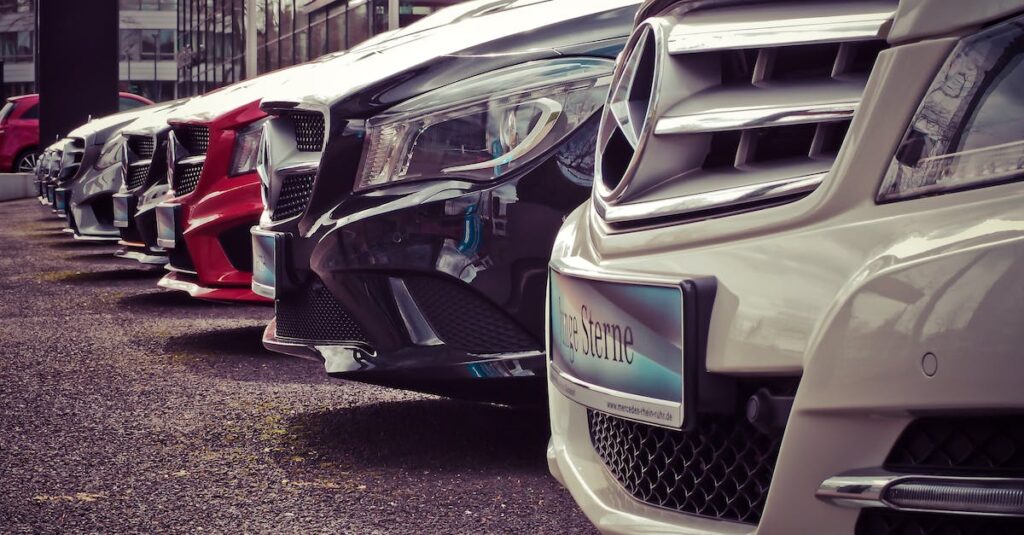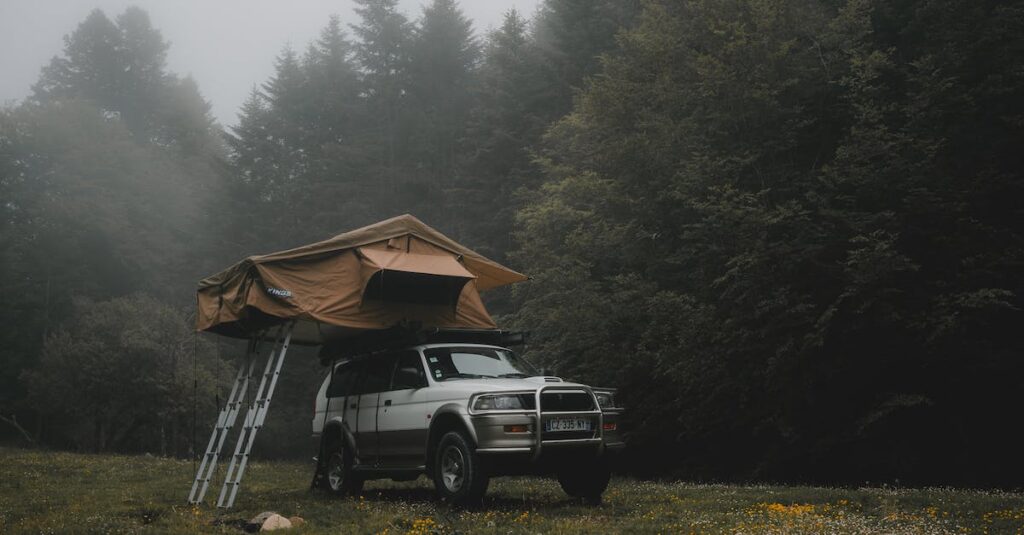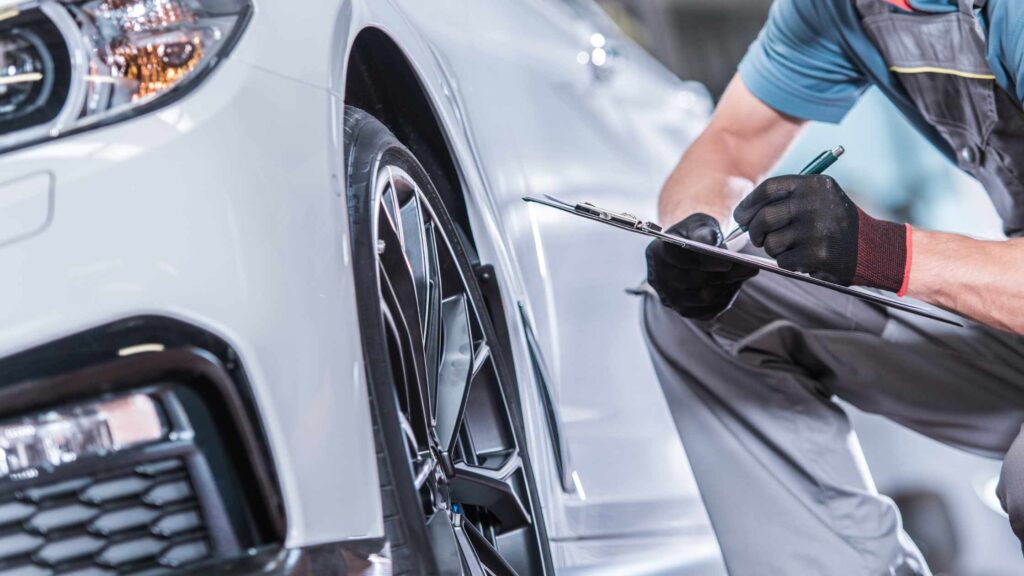Introduction
Automotive photography is a captivating art form that allows enthusiasts to capture the beauty and excitement of cars in motion. Whether it’s a sleek sports car tearing through a curve or a vintage classic cruising down the highway, the artistry and skill required to capture these moments is truly remarkable. In this article, we will explore the world of automotive photography, from the techniques used to the passion behind it.
The Art of Automotive Photography
Automotive photography is more than just taking pictures of cars – it’s about showcasing their personality, power, and elegance in a single frame. Photographers work tirelessly to capture the car in its natural environment, using various techniques to convey a sense of motion and excitement. By freezing a split second in time, photographers are able to tell a story and evoke emotions.
Techniques Used
To capture a car in motion, photographers employ a range of techniques to ensure the perfect shot. One popular technique is panning, where the camera follows the car’s movement while simultaneously blurring the background. This creates a sense of speed and dynamism, allowing the viewer to feel the adrenaline of the moment. Another technique is the use of long exposures, which can create light trails or blur the motion of the wheels, further adding to the sense of movement.
The Importance of Location
Choosing the right location plays a crucial role in automotive photography. The backdrop and surroundings can enhance the overall composition of the photograph and complement the car’s design. Whether it’s an urban street, a winding mountain road, or a scenic coastal route, the location should not only provide an interesting setting but also contribute to the story being told. A well-chosen location can elevate a photograph from ordinary to extraordinary.
Lighting and Timing
Lighting is a fundamental aspect of any form of photography, and automotive photography is no exception. The golden hours of sunrise and sunset are especially favorable for capturing cars in motion, as the soft, warm light creates a romantic and dramatic atmosphere. The direction and intensity of light can highlight the car’s contours, curves, and sleek lines, making it even more captivating. Timing also plays a significant role, as the perfect shot often requires patience and an understanding of when the light will be most flattering.
Equipment and Gear
To capture the beauty of cars in motion, photographers require specialized equipment and gear. High-quality cameras with a fast burst rate and a wide range of lenses are essential for capturing the details and nuances of the car. Tripods, monopods, and stabilizers can assist in achieving steady shots during panning or long exposures. Other accessories such as filters and reflectors can be used to enhance the overall image quality and composition.
Passion and Dedication
Automotive photography is not just a hobby – it’s a passion that drives enthusiasts to push their creative boundaries. The dedication and commitment required to capture the perfect shot can be a lifelong pursuit. Photographers often spend hours researching locations, practicing techniques, and developing their artistic vision. The result is a collection of stunning images that not only showcase the beauty of cars but also reflect the photographer’s unique style and perspective.
Summary
Automotive photography is a captivating art form that combines technical skill, creativity, and a passion for cars. By mastering various techniques, choosing the right locations, and understanding the importance of lighting and timing, photographers can capture the essence of cars in motion. The beauty and excitement behind automotive photography continue to inspire enthusiasts worldwide, showcasing the artistry that goes beyond the metal and wheels.







